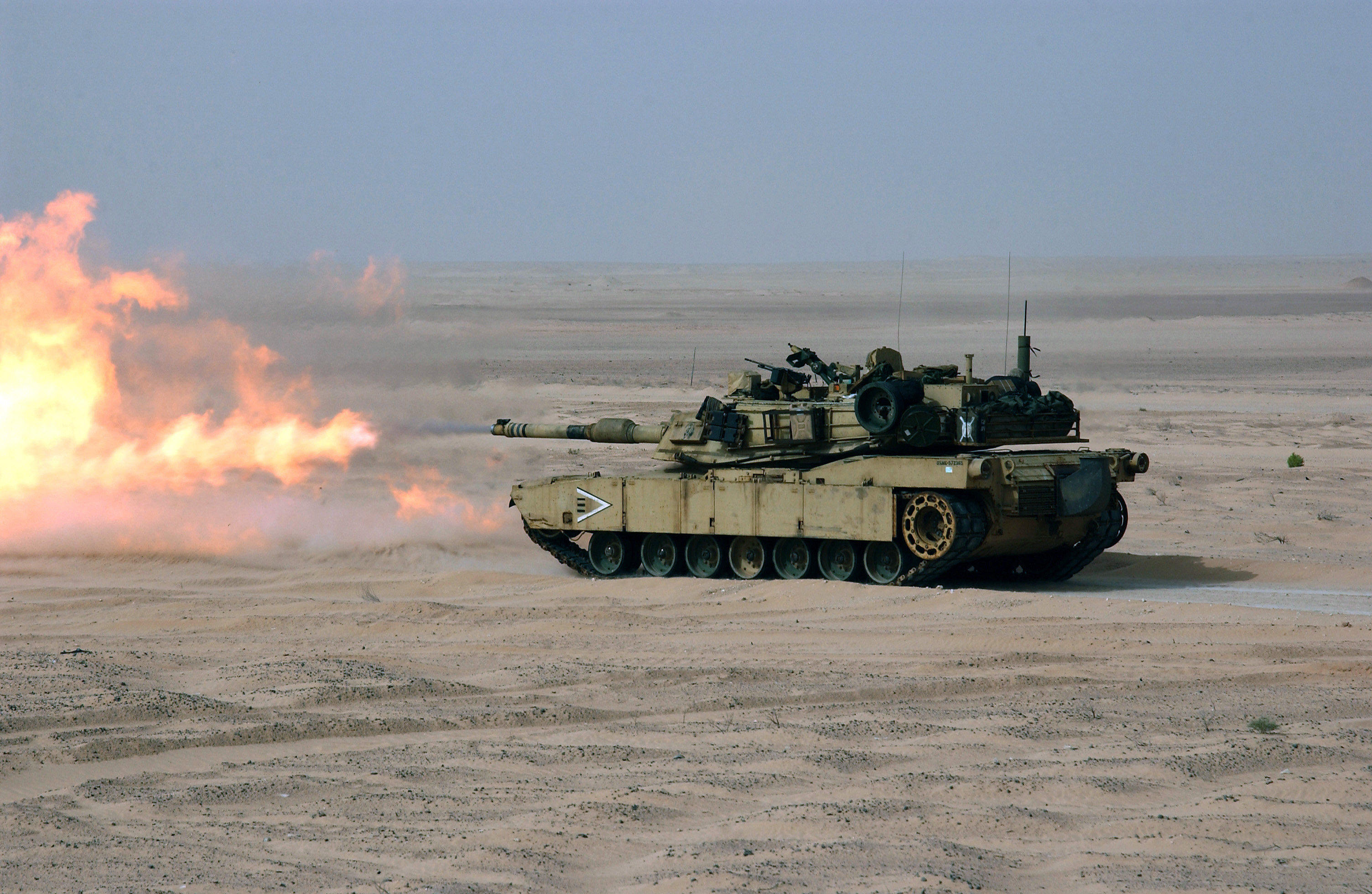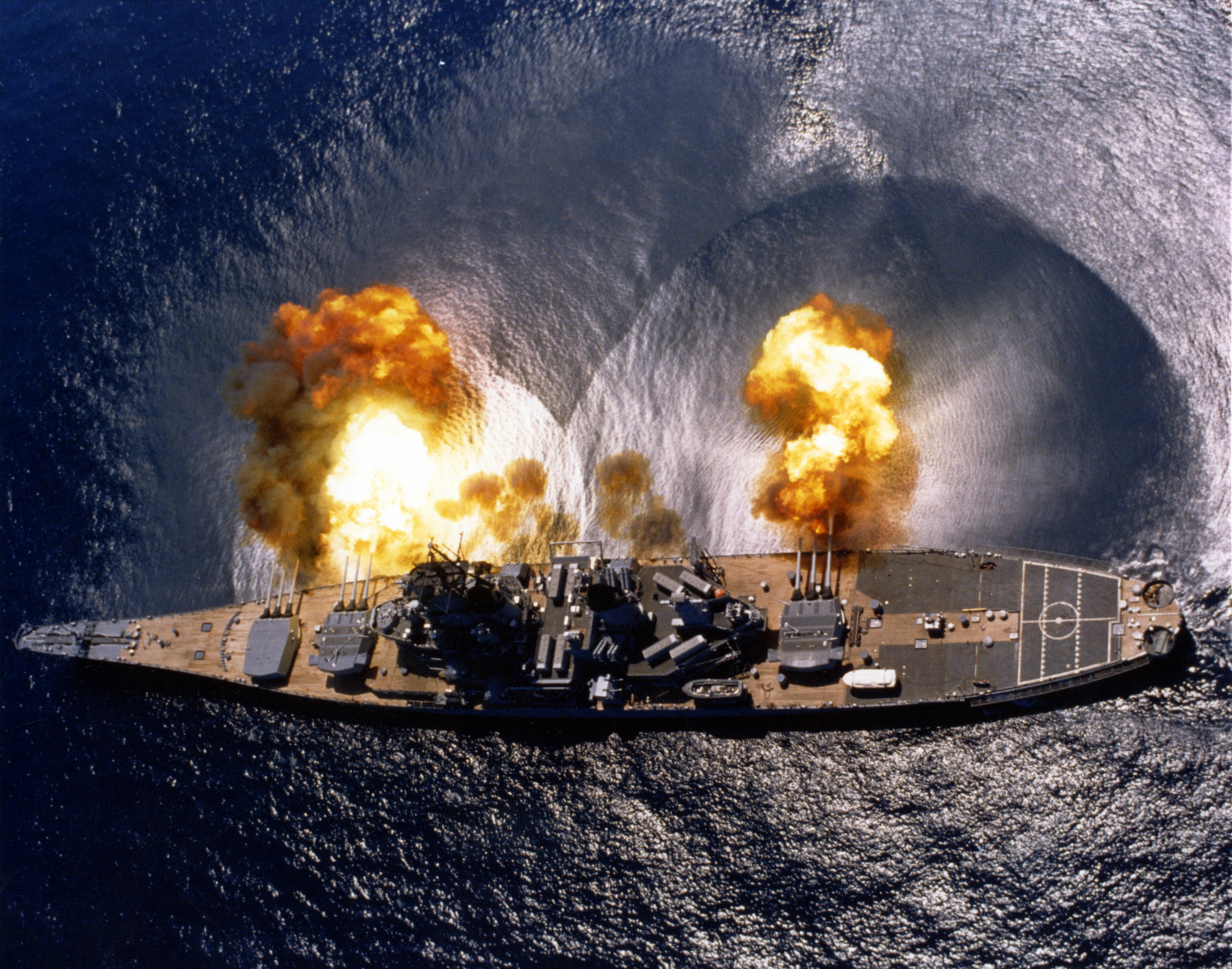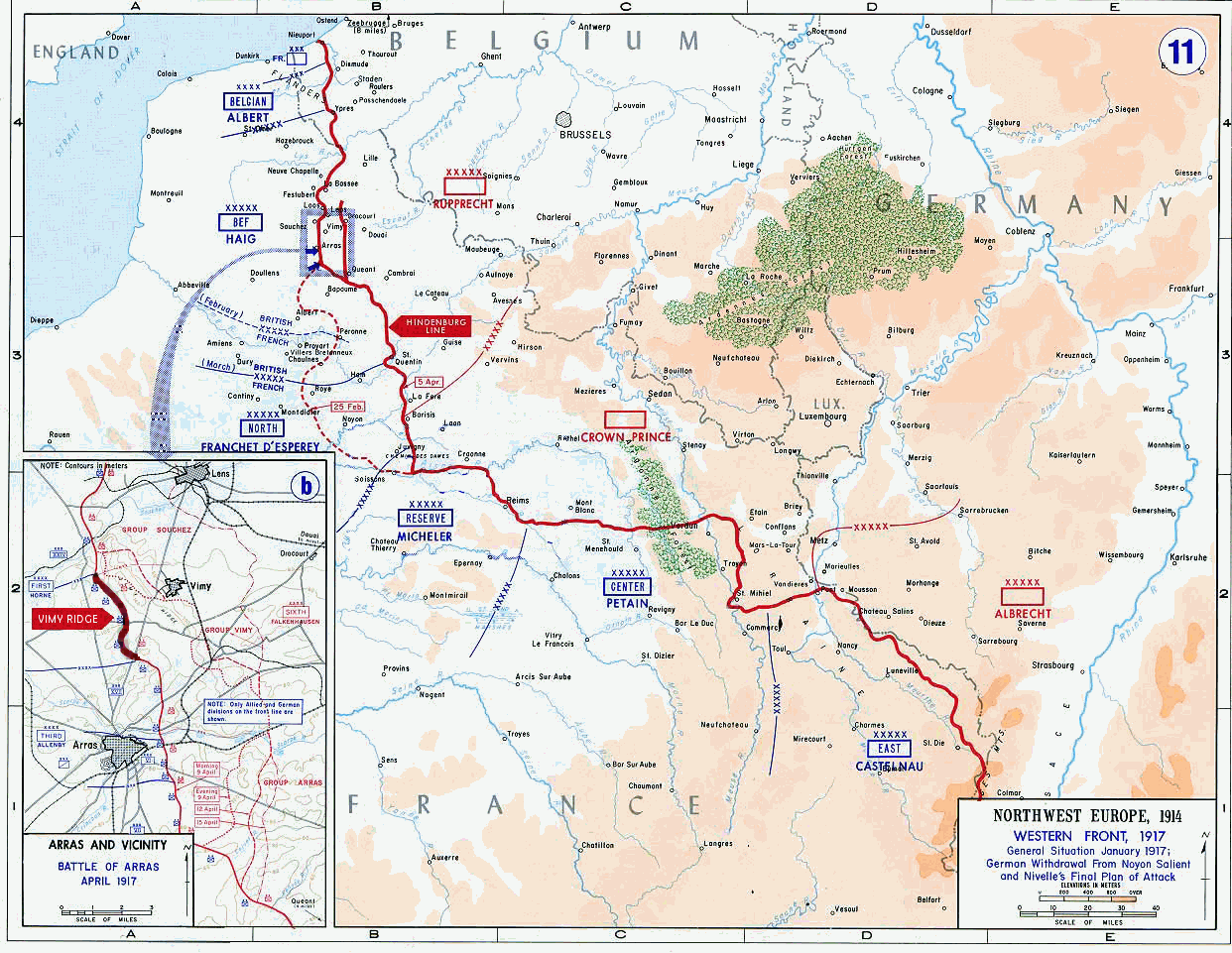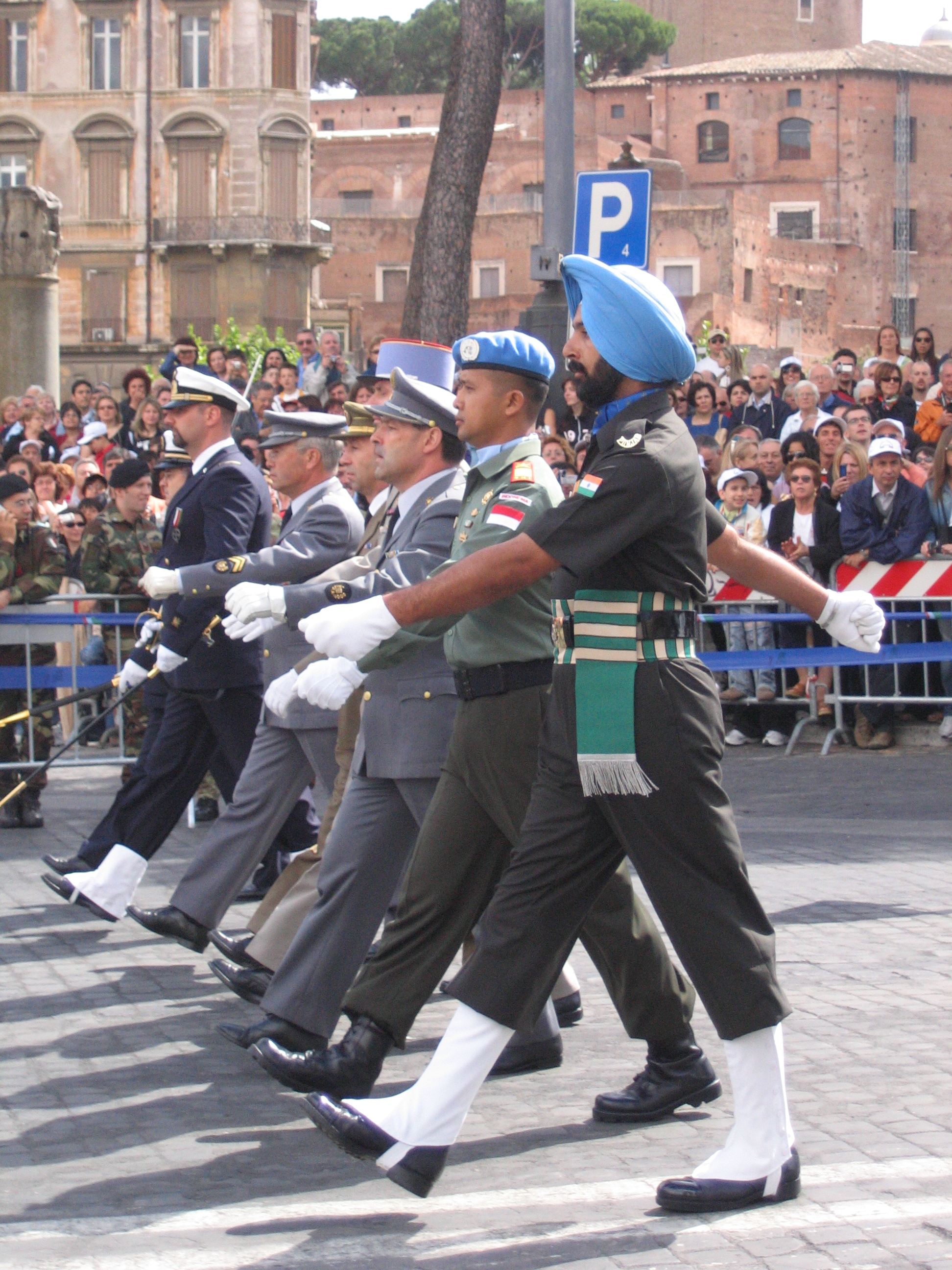|
Firepower
Firepower is the military capability to direct force at an enemy. It involves the whole range of potential weapons. The concept is generally taught as one of the three key principles of modern warfare wherein the enemy forces are destroyed or have their will to fight negated by sufficient and preferably overwhelming use of force as a result of combat operations. Through the ages firepower has come to mean offensive power applied from a distance, thus involving ranged weapons as opposed to one-on-one close quarters combat. ''Firepower'' is thus something employed to keep enemy forces at a range where they can be defeated in detail or sapped of the will to continue. In the field of naval artillery, the weight of a broadside was long used as a figure of merit of a warship's firepower. History The earliest forms of warfare that might be called ''firepower'' were the slingers of ancient armies (a notable example being the biblical story of David), and archers. Eventually, the ... [...More Info...] [...Related Items...] OR: [Wikipedia] [Google] [Baidu] |
Naval Artillery
Naval artillery is artillery mounted on a warship, originally used only for naval warfare and then subsequently used for more specialized roles in surface warfare such as naval gunfire support (NGFS) and anti-aircraft warfare (AAW) engagements. The term generally refers to powder-launched projectile-firing weapons and excludes self-propelled projectiles such as torpedoes, rockets, and missiles and those simply dropped overboard such as depth charges and naval mines. Origins The idea of ship-borne artillery dates back to the classical era. Julius Caesar wrote about the Roman navy's usage of ship-borne catapults against Celtic Britons ashore in his ''Commentarii de Bello Gallico''. The dromons of the Byzantine Empire carried catapults and Greek fire. From the Middle Ages onwards, warships began to carry cannons of various calibres. In the Battle of Tangdao in 1161, the Southern Song general Li Bao used huopao (a type of gunpowder weapons, possibly cannons) and fire arro ... [...More Info...] [...Related Items...] OR: [Wikipedia] [Google] [Baidu] |
Cavalry Tactics
For much of history, humans have used some form of cavalry for war and, as a result, cavalry tactics have evolved over time. Tactically, the main advantages of cavalry over infantry were greater mobility, a larger impact, and a higher riding position. History Chariots Chariot tactics had been the basis for using the horse in war. The chariot's advantage of speed was outdone by the agility of riding on horseback. The ability of horsemen to pass more difficult terrain was also crucial to this change. Horsemen supplanted most light chariots. In Celtic warfare, light chariots (''essedum'') persisted among mounted troops, for their ability to transport heavily armoured warriors and as mobile command platforms. War elephants Elephant cavalry first appeared three thousand years ago, simultaneously in India's Vedic Civilization and in China. Female Asian elephants were used, sometimes in small groups, sometimes in vast regiments of thousands of animals in the 13th century, primari ... [...More Info...] [...Related Items...] OR: [Wikipedia] [Google] [Baidu] |
Battle Of Vimy Ridge
The Battle of Vimy Ridge was part of the Battle of Arras, in the Pas-de-Calais department of France, during the First World War. The main combatants were the four divisions of the Canadian Corps in the First Army, against three divisions of the German 6th Army. The battle occurred from 9 to 12 April 1917, marking the commencement of the Battle of Arras and serving as the inaugural assault of the Nivelle Offensive. The objective was to draw German reserves away from the French forces, preparing for a crucial offensive along the Aisne and the Chemin des Dames ridge several days later. The Canadian Corps was to capture the German-held high ground of Vimy Ridge, an escarpment on the northern flank of the Arras front. This would protect the First Army and the Third Army farther south from German enfilade fire. Supported by a creeping barrage, the Canadian Corps captured most of the ridge during the first day. The village of Thélus fell during the second day, as did the cre ... [...More Info...] [...Related Items...] OR: [Wikipedia] [Google] [Baidu] |
Frontal Assault
A frontal assault is a military tactic which involves a direct, full-force attack on the front line of an enemy force, rather than to the flanks or rear of the enemy. It allows for a quick and decisive victory, but at the cost of subjecting the attackers to the maximum defensive power of the enemy; this can make frontal assaults costly even if successful, and often disastrously costly if unsuccessful. It may be used as a last resort when time, terrain, limited command control, or low troop quality do not allow for any battlefield flexibility. The risks of a frontal assault can be mitigated by the use of heavy supporting fire, diversionary attacks, the use of cover (such as smokescreens or the darkness of night), or infiltration tactics. Frontal assaults were common in ancient warfare, where heavy infantry made up the core of armies such as the Greek phalanx and the Roman legion. These dense formations, many ranks deep, would utilize their weight in numbers to press forward and br ... [...More Info...] [...Related Items...] OR: [Wikipedia] [Google] [Baidu] |
Warship
A warship or combatant ship is a naval ship that is used for naval warfare. Usually they belong to the navy branch of the armed forces of a nation, though they have also been operated by individuals, cooperatives and corporations. As well as being armed, warships are designed to withstand damage and are typically faster and more maneuverable than merchant ships. Unlike a merchant ship, which carries cargo, a warship typically carries only weapons, ammunition and supplies for its crew. In wartime, the distinction between warships and merchant ships is often blurred. Until the 17th century it was common for merchant ships to be pressed into naval service, and not unusual for more than half of a Naval fleet, fleet to be composed of merchant ships—there was not a large difference in construction, unlike the difference between a heavily armoured battleship and an ocean liner. Until the threat of piracy subsided in the 19th century, it was normal practice to arm larger merchant sh ... [...More Info...] [...Related Items...] OR: [Wikipedia] [Google] [Baidu] |
Archery
Archery is the sport, practice, or skill of using a Bow and arrow, bow to shooting, shoot arrows.Paterson ''Encyclopaedia of Archery'' p. 17 The word comes from the Latin ''arcus'', meaning bow. Historically, archery has been used for hunting and combat. In modern times, it is mainly a competitive sport and recreational activity. A person who practices archery is typically called an archer, bowman, or toxophilite. History Origins and ancient archery The oldest known evidence of arrows (not found with surviving bows) comes from South Africa, South African sites such as Sibudu Cave, where the remains of bone and stone arrowheads have been found dating approximately 72,000 to 60,000 years ago.Backwell L, d'Errico F, Wadley L.(2008). Middle Stone Age bone tools from the Howiesons Poort layers, Sibudu Cave, South Africa. Journal of Archaeological Science, 35:1566–1580. Backwell L, Bradfield J, Carlson KJ, Jashashvili T, Wadley L, d'Errico F.(2018). The antiquity of bow-and-arro ... [...More Info...] [...Related Items...] OR: [Wikipedia] [Google] [Baidu] |
Military Uniform
A military uniform is a standardised clothing, dress worn by members of the armed forces and Paramilitary, paramilitaries of various nations. Military dress and styles have gone through significant changes over the centuries, from colourful and elaborate, ornamented clothing until the 19th century, to utilitarian Military camouflage, camouflage uniforms for field and battle purposes from World War I (1914–1918) on. Military uniforms in the form of standardised and distinctive dress, intended for identification and display, are typically a sign of organised military forces equipped by a central authority. Military uniforms differ not only according to military units but tend to also be offered in different levels of formality in accordance with Western dress codes: full dress uniform for formal wear, mess dress uniform for formal black tie, evening wear, service dress uniform for informal wear, and combat uniform (also called "battle/field dress") which would equal casual we ... [...More Info...] [...Related Items...] OR: [Wikipedia] [Google] [Baidu] |
Close Order Formation
Close may refer to: Music * ''Close'' (Kim Wilde album), 1988 * ''Close'' (Marvin Sapp album), 2017 * ''Close'' (Sean Bonniwell album), 1969 * "Close" (Sub Focus song), 2014 * "Close" (Nick Jonas song), 2016 * "Close" (Rae Sremmurd song), 2018 * "Close" (Jade Eagleson song), 2020 * " Close (to the Edit)", a 1984 song by Art of Noise * "Close", song by Aaron Lines from '' Living Out Loud'' * "Close", song by AB6IX from ''Mo' Complete: Have A Dream'' * "Close", song by Drumsound & Bassline Smith from ''Wall of Sound'' * "Close", song by Rascal Flatts from '' Unstoppable'' * "Close", song by Soul Asylum from '' Candy from a Stranger'' * "Close", song by Westlife from '' Coast to Coast'' * "Close", song by French electronic group Telepopmusik and English vocalist Deborah Anderson, from their album '' Angel Milk'' Other uses * Close (surname) * Cathedral close, the area surrounding a cathedral, typically occupied by buildings associated with it * ''Close'' (2019 film), an act ... [...More Info...] [...Related Items...] OR: [Wikipedia] [Google] [Baidu] |
M1-A1 Abrams Fire in Yorkshire, England
{{Letter-Number Combination Disambiguation ...
M1A1, M1-A1, M1 A1, or M-1A1 may refer to: Military * M1A1 Abrams, a variant of the M1 Abrams battle tank * M1A1 carbine, a variant of the M1 carbine with a folding stock for paratroopers * M1A1 Flamethrower, an anti-personnel weapon * M1A1 bazooka, a variant of the bazooka rocket launcher * Thompson M1A1, a variant of the Thompson submachine gun * M1A1, an anti-aircraft 90 mm gun * M1A1, a U.S. Army bangalore torpedo used in World War II Other uses * ''M1A1'', a port of the computer game ''Marathon'' * "M1 A1", a song on the album ''Gorillaz'' by Gorillaz See also * M1 to A1(M), an extension of the M1 motorway The M1 motorway connects London to Leeds, where it joins the A1(M) motorway, A1(M) near Aberford, to connect to Newcastle upon Tyne, Newcastle. It was the first inter-urban motorway to be completed in the UK; the first motorway in the count ... [...More Info...] [...Related Items...] OR: [Wikipedia] [Google] [Baidu] |
Prize Crew
A prize crew is the selected members of a ship chosen to take over the operations of a captured ship. History Prize crews were required to take their prize to appropriate prize courts, which would determine whether the ship's officers and crew had sufficient cause to have the value of the prize awarded to them. In the Age of Sail and up into the American Civil War, capturing enemy ships was quite common. As a result, warships optimistically carried extra crew members for use as prize crews. More recently, as evidenced by results of sea battles during World War I and World War II, ships generally were sunk, not captured. If, however, a ship is captured, a prize crew would be selected from the winning ship's complement. Examples * See for prize crew and prize court example. * in 1939, SS ''City of Flint'' was captured by a German warship in the Atlantic and sailed to Norway. As Norway was neutral, the German prize crew were eventually interned and the vessel returned to her A ... [...More Info...] [...Related Items...] OR: [Wikipedia] [Google] [Baidu] |
Battle Of Agincourt
The Battle of Agincourt ( ; ) was an English victory in the Hundred Years' War. It took place on 25 October 1415 (Saint Crispin's Day) near Azincourt, in northern France. The unexpected victory of the vastly outnumbered English troops against the numerically superior French army boosted English morale and prestige, crippled France, and started a new period of English dominance in the war that would last for 14 years until England was defeated by France in 1429 during the Siege of Orléans. After several decades of relative peace, the English had Hundred Years' War (1415–53), resumed the war in 1415 amid the failure of negotiations with the French. In the ensuing campaign, many soldiers died from disease, and the English numbers dwindled; they tried to withdraw to Pale of Calais, English-held Calais but found their path blocked by a considerably larger French army. Despite the numerical disadvantage, the battle ended in an overwhelming victory for the English. King Henry V ... [...More Info...] [...Related Items...] OR: [Wikipedia] [Google] [Baidu] |






